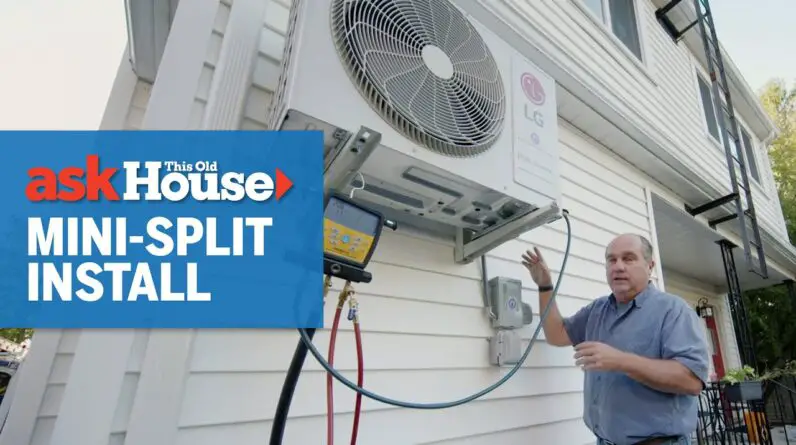A Comprehensive Review of the Pioneer Mini Ductless Split System
In this article, we will be providing a long-term review of the Pioneer Mini Ductless Split system, which has been in use since July 2020. Considering the extreme temperature fluctuations experienced in New Hampshire, this review will cover how well the unit performs in both hot and cold conditions, as well as its cost-efficiency, ease of installation, and overall impressions.
Product Overview and Key Specifications
The Pioneer Mini Ductless Split system is a more affordable alternative to the Mitsubishi and Fujitsu mini ductless split systems, which are typically two to three times more expensive. This particular unit boasts a high efficiency rating of 21.5 SEER for cooling and a capacity of 12,000 BTU. It has been used to cool and heat a large 450 square foot bedroom, with extreme temperature conditions during both summer and winter.
Performance in Cooling Conditions
During the hot summer months, the Pioneer unit was run continuously, maintaining a comfortable temperature between 67 and 70 degrees Fahrenheit. Despite being exposed to direct sunlight for most of the day, the unit was able to cool the room effectively and efficiently. In fact, running the unit only led to an eight to ten dollar increase in the monthly electrical bill, proving its energy efficiency. This review is based on the 220-volt version of the unit, which is recommended over the 110-volt version for greater efficiency and power consumption.
When returning from a long weekend and finding the room extremely hot, the Pioneer unit managed to cool the room back down to a comfortable temperature in just 30 to 40 minutes, which is impressive given the size of the room and the extreme heat.
Performance in Heating Conditions
For heating purposes, the Pioneer unit was not primarily relied upon, as the house already had a forced hot air oil heating system. The mini-split was primarily used as a supplementary heat source during the cold winter nights, allowing the thermostat to be set lower and thus reducing overall heating costs.
However, during a power outage when the main heating system was out of commission, the Pioneer unit struggled to heat the room efficiently, making it clear that this unit should not be relied upon as a primary heat source for large rooms. For smaller rooms or when opting for a more powerful unit, the performance may be significantly better.
It is worth noting that the unit is rated to provide heat down to -10 degrees Fahrenheit, but efficiency decreases significantly when the temperature drops below 15 degrees.
Installation and Ease of Use
Installation was relatively straightforward, with the help of an HVAC professional and an electrician handling the 220-volt wiring. A state-required emergency shut-off switch was installed alongside the unit for safety purposes. The unit itself is quiet during operation and has not disturbed sleep when in use.
An LED display distributes an intense light, but it can be turned off using hidden buttons within the remote control. The unit is mounted close to the ceiling, though the manufacturer recommends a minimum clearance of six to eight inches for optimal performance.
Purchasing and Additional Accessories
The Pioneer Mini Ductless Split system was purchased on Amazon, with free shipping included. Delivery was made via a freight service, and scheduling was required for the delivery. The indoor and outdoor units arrived in separate boxes that were not too large or heavy for one person to move.
Mounting kits are not included with the unit, so additional materials and mounting brackets needed to be purchased separately. In this case, the outdoor unit was mounted on the side of the house to avoid snow buildup during the winter.
Final Verdict
Overall, the Pioneer Mini Ductless Split system performs exceptionally well in cooling conditions, making it an excellent choice for those seeking an energy-efficient and cost-effective cooling solution. However, for heating purposes, it may not be ideal as a primary heat source, especially in larger rooms. Considering its relatively low cost compared to industry-standard options, it is worth considering for those seeking a more budget-friendly alternative that still delivers solid performance in many circumstances.






